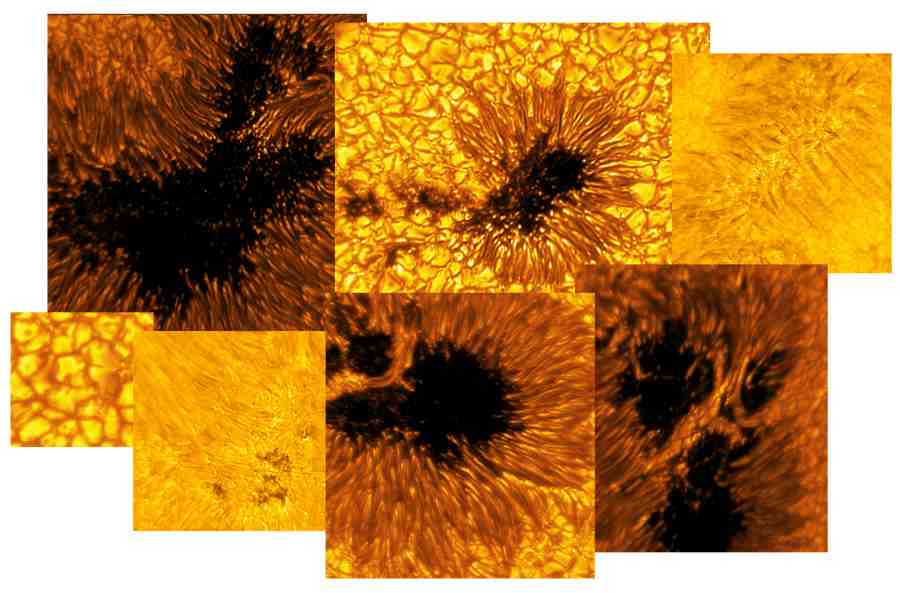![]() A mosaic of new solar images produced by the Inouye Solar Telescope, Images include sunspots and quiet-Sun features. Credit: NSF/AURA/NSO
A mosaic of new solar images produced by the Inouye Solar Telescope, Images include sunspots and quiet-Sun features. Credit: NSF/AURA/NSO
Sat 27 May 2023:
The Sun’s surface has recently been shown in breath-taking new photographs by the largest and most potent solar telescope ever built.
93 million miles from the nearest star — the one we call the sun — the creatures of Earth eke out a living on the edge of almost incomprehensible violence. Every second, thermonuclear reactions in the center of the Sun turn 5 million tons of hydrogen into pure energy. That energy makes its way outward, through boiling gas pocked with magnetic storms that crackle, whirl and lash space with showers of electrical particles and radiation.
The eight images, released on May 19, were taken using the National Science Foundation’s Daniel K. Inouye Solar Telescope, a 4-meter (13.1-foot) telescope located on the island of Maui in Hawaii.

The Inouye Solar Telescope is located at Haleakalā Observatories site on the island of Maui, Hawaiʻi. Image credit: NSO/AURA/NSF
Up to 20 kilometers distant, the Daniel K. Inouye Solar Telescope on Hawaii’s island of Maui was able to study the minute details of sunspots and the motion of plasma in the star’s atmosphere.
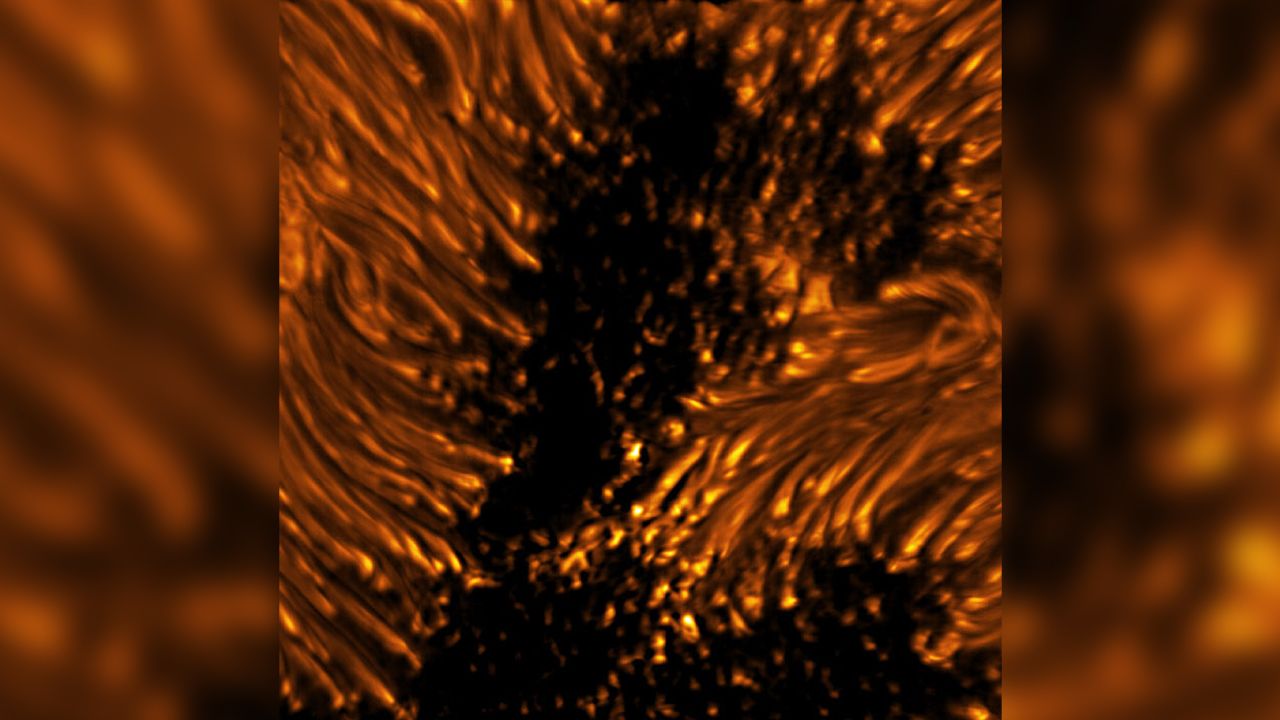
Dots and filaments glow within and around a sunspot. NSF/AURA/NSO
At these scales, plasma structures look like brushstrokes and textures in a painting
Cool, dark sunspots dot the photosphere, or the sun’s surface where the magnetic field is strong, and they can be the size of Earth or larger. Clusters of sunspots are the cause of solar flares and coronal mass ejections — when plasma and part of the magnetic field pinch off from the sun’s outer atmosphere, or corona, and go streaming across the solar system. These energetic outbursts from the sun can impact Earth’s satellite-based communications.
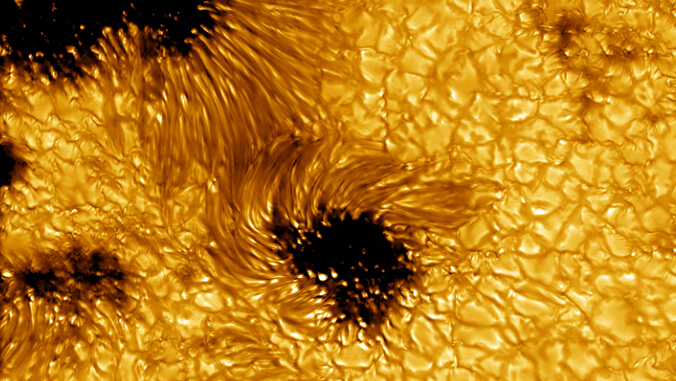
Image of a sunspot taken by the Inouye Solar Telescope reveals striking details of its structure as seen at the Sun’s surface. (Image credit: NSO/AURA/NSF)
The Daniel K. Inouye Solar Telescope (DKIST), perched atop a mountain on the Hawaiian island of Maui, has been observing the sun for the past year, gathering high-resolution data about the activity—or lack thereof—in the sun’s three-layered atmosphere.
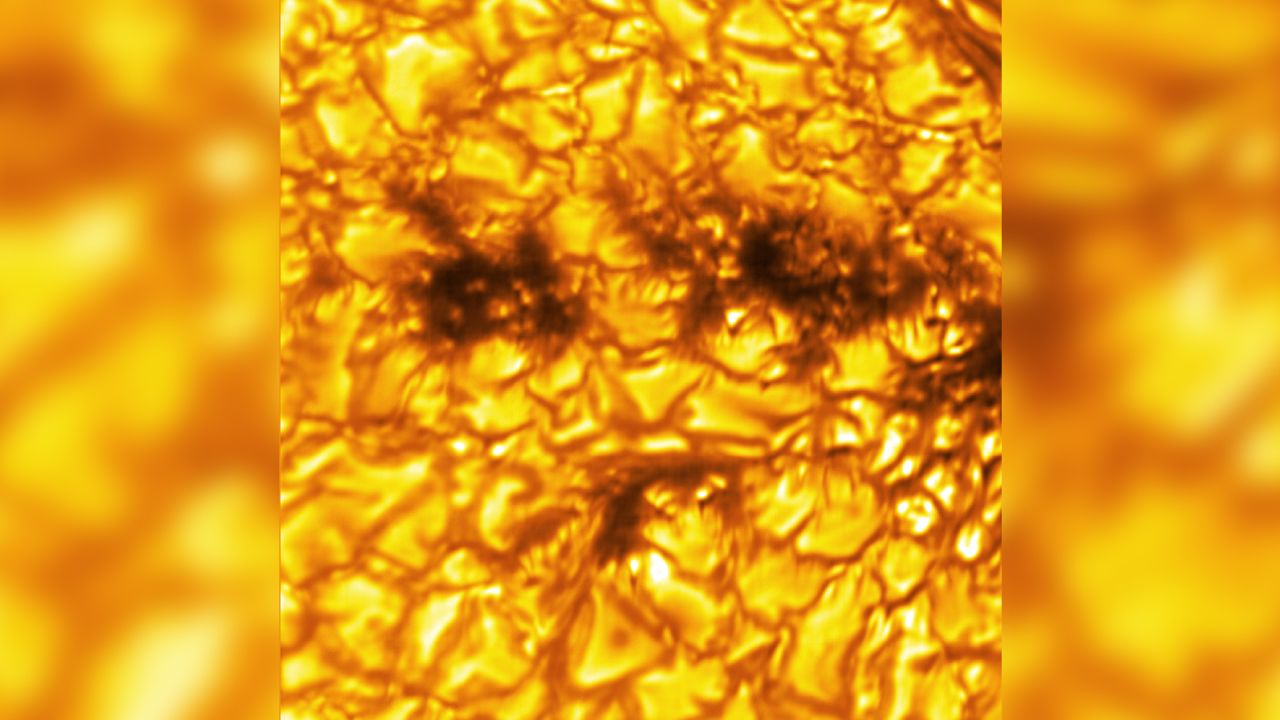
The telescope captured an image of what scientists believe shows a decaying sunspot. NSF/AURA/NSO
With the use of this information, researchers seek to shed light on some of the most pressing problems surrounding the sun, such as why the corona, or outer atmosphere, is considerably hotter than the surface that can be seen, and how the magnetic fields of the sun may suddenly change shape and release strong plasma jets into space.
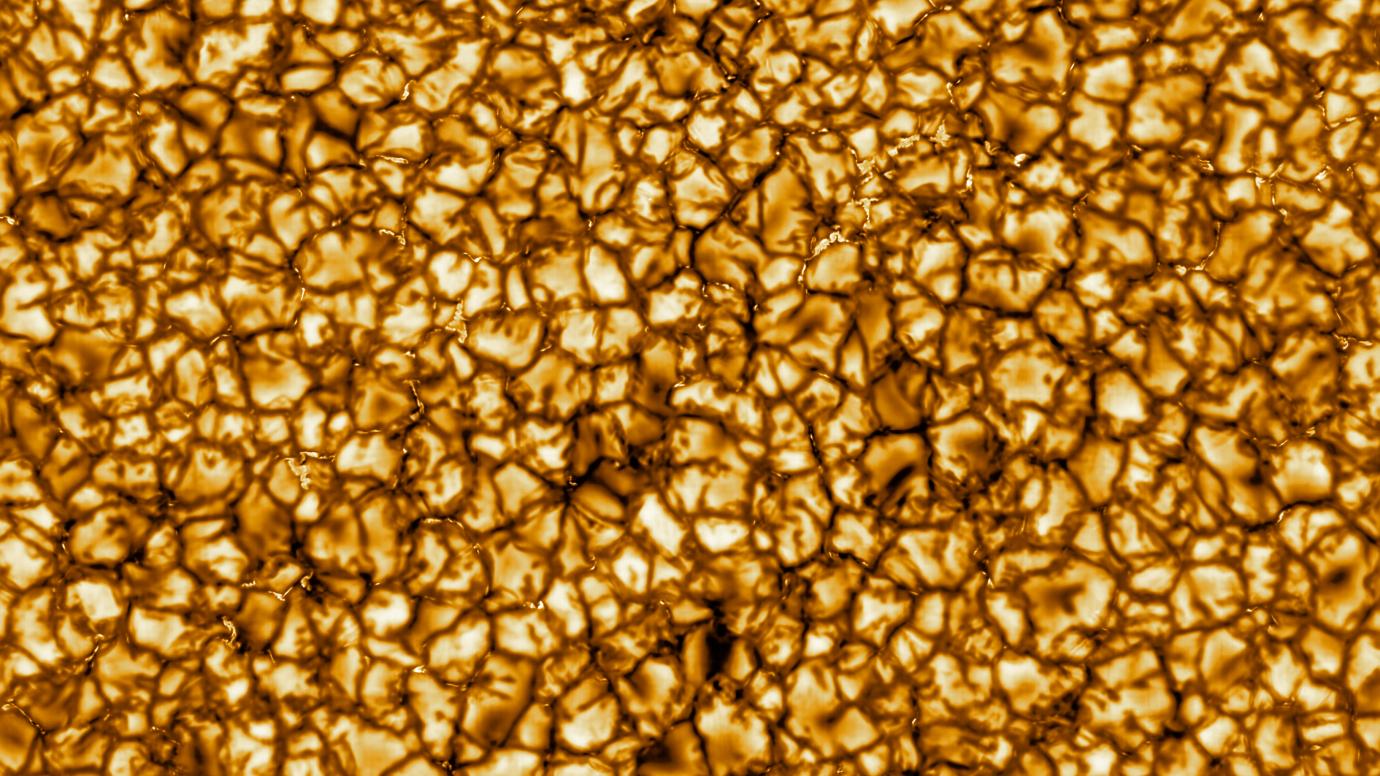
Sunspots are temporary; they only remain for about a week and change in size as the sun moves through its 11-year activity cycle. The most recent DKIST photos depict a sunspot that “will eventually break apart,” as indicated by a luminous bridge that crosses the umbra of the sunspot.
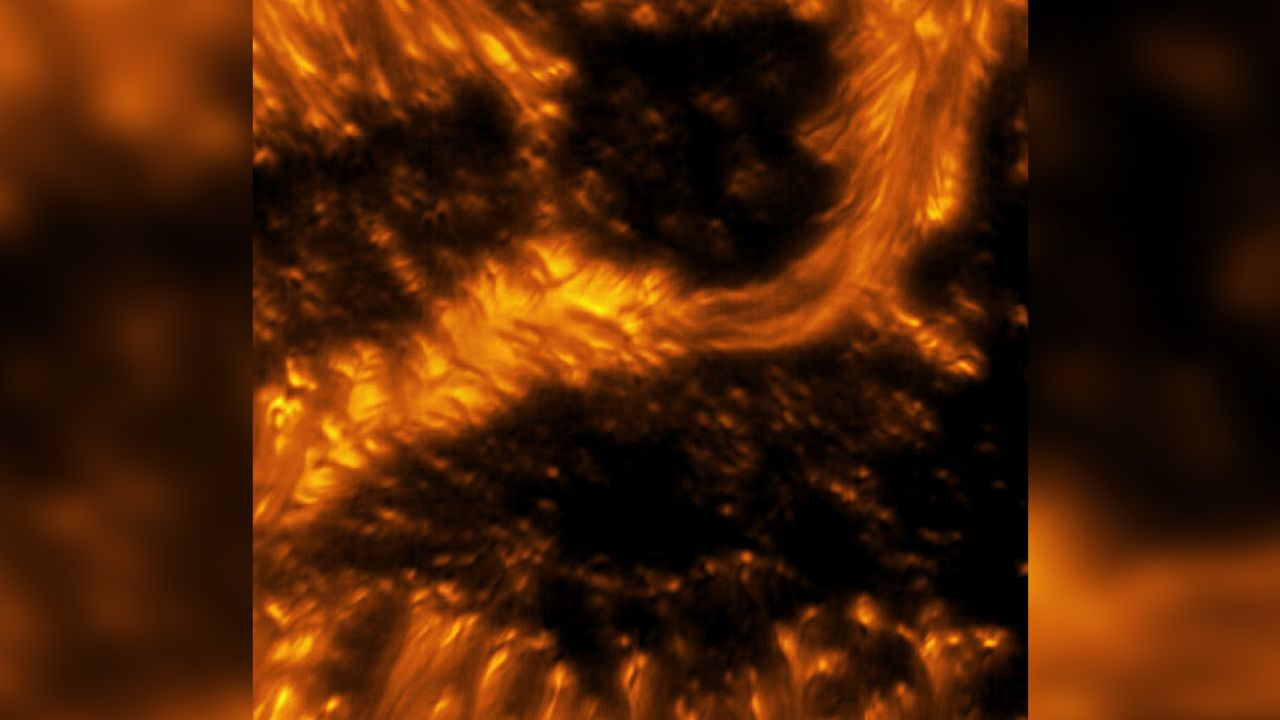
A light bridge can be seen spanning across a dark sunspot. NSF/AURA/NSO
Scientists anticipate that the telescope’s capabilities will enable scientists to answer important issues about the sun, such as the formation of solar storms, as well as unravel the complexity of its magnetic field.
Solar data from the Inouye Solar Telescope, as well as two space-based missions named the Solar Orbiter and the Parker Solar Probe, can help solve some of the sun’s long-standing mysteries, all while presenting magnificent new views of our star.
SOURCE: INDEPENDENT PRESS AND NEWS AGENCIES
______________________________________________________________
FOLLOW INDEPENDENT PRESS:
TWITTER (CLICK HERE)
https://twitter.com/IpIndependent
FACEBOOK (CLICK HERE)
https://web.facebook.com/ipindependent
Think your friends would be interested? Share this story!


